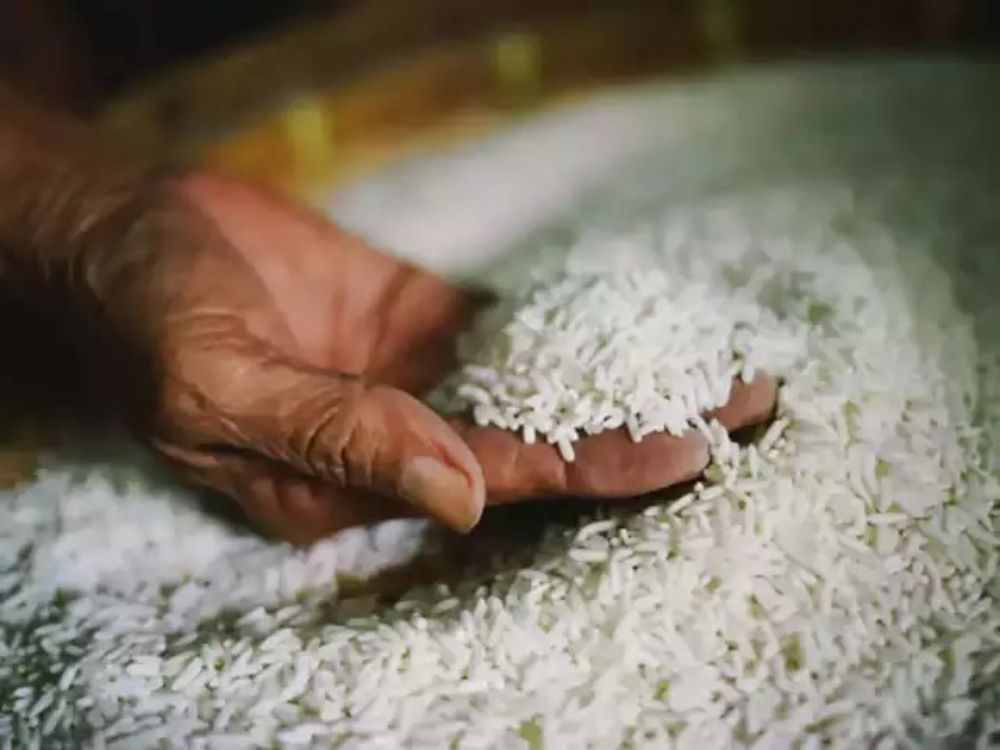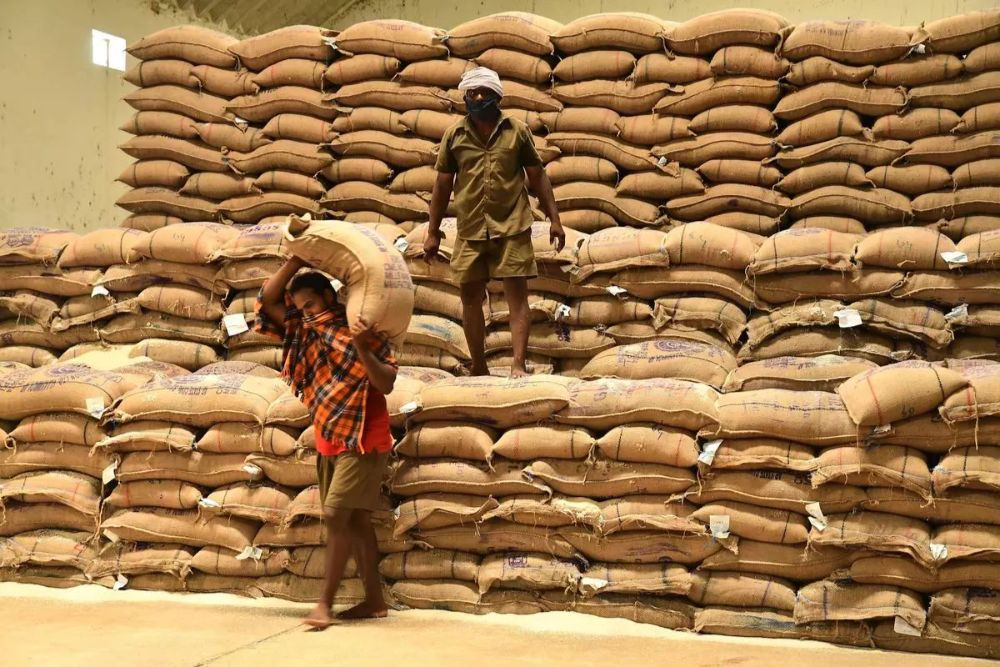In response to a 15 per cent surge in retail prices of rice over the past year, the government is set to introduce ‘Bharat rice’ at a subsidised rate of Rs 29 per kg, aimed at providing relief to consumers. The initiative comes as part of broader efforts to mitigate the impact of soaring food prices on the populace.The move is a proactive measure to address the steep rise in rice prices, offering consumers access to affordable staple food.

Collaborative Efforts to Ensure Accessibility
The Food Corporation of India (FCI) is set to supply 5 lakh tonnes of rice to two cooperatives – the National Agricultural Cooperative Marketing Federation of India Ltd (NAFED) and National Cooperative Consumers’ Federation of India (NCCF), along with the retail chain Kendriya Bhandar. These entities will then package the rice into 5 kg and 10 kg packs under the ‘Bharat’ brand, making it available through various retail outlets and e-commerce platforms.
Challenges and Strategies
Despite efforts to control prices through measures such as export restrictions and increased production, retail prices continue to remain high. The government has intensified efforts to curb hoarding by mandating stock disclosure from retailers, wholesalers, processors, and major retail chains.

Insights and Perspectives
Experts highlight that while the government provides free FCI rice to 80 crore poor ration cardholders, the inflationary pressures may not be stemming from FCI rice itself. With ample stock and distribution through schemes like the Open Market Sale Scheme (OMSS), the inflation likely arises from non-FCI rice varieties, which are less consumed by the economically vulnerable sections of society. This underscores the complexity of inflationary trends in the rice market.

The introduction of ‘Bharat rice’ at subsidised rates marks a significant step in addressing the challenges posed by escalating food prices. Through collaborative efforts and strategic interventions, the government aims to ensure access to essential food commodities for all sections of society, particularly the economically disadvantaged.
